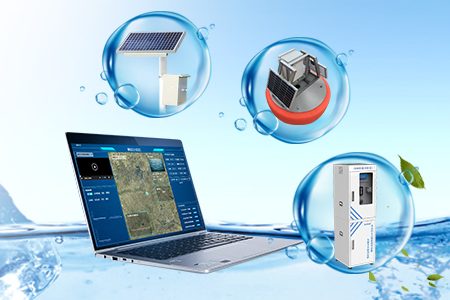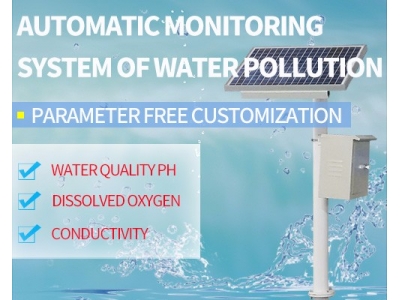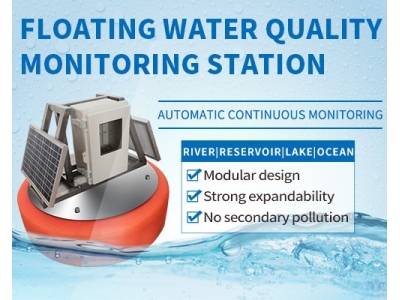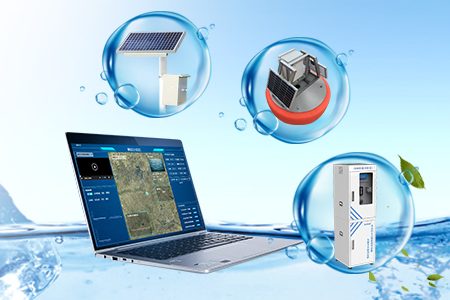Water pollution is one of the most important environmental pollution problems, which poses a great threat to all living things. No wonder the need for technology to monitor water quality is so great. This paper introduces what the Smart Water quality monitoring (SWQM) system based on the Internet of Things is, its five hardware components and advantages.

An introduction to IoT-based Smart Water Quality Monitoring (SWQM)
SWQM is the process of measuring the water quality parameters, such as temperature, pH, turbidity, dissolved oxygen levels, variety of ions present, and so on. The main objective of monitoring water quality is to ensure these parameters are within a suitable range.
The traditional method of water monitoring was done physically, using only chemicals. A water quality monitoring application involves using different IoT-based smart sensors that keep track of the parameters in real-time.

Top five hardware components of a Smart Water Quality Monitoring system
The hardware utilized in an IoT ecosystem includes servers, a routing device, IoT sensors, and others that manage essential functions such as system activation, security communication, action specifications, and detection to support specific goals and actions.
1. Ultrasonic sensor
As the name suggests, the sensor generates a high-frequency sound wave of 40 kHz to send and receive ultrasonic pulses that relay back information about an object's proximity. This hardware provides a 2 cm to 4 cm measurement range and comes with an ultrasonic transmitter (trigger pin), receiver (echo pin), and a control circuit.
2. pH sensor
The sensor measures the amount of alkalinity and acidity in water and other metrics. When used correctly, the smart solutions can measure the safety and quality of the product and the processes occurring at a wastewater or manufacturing plant.
It has an electrode of measurement and reference. With every increase in pH values, the concentration of hydrogen ions decreases ten-fold, reducing the intensity of acidic water.
3. Digital thermometer sensor
It is commonly used to measure the temperature and humidity values of the surrounding atmosphere. It comes with an 8-bit microscope and a Negative Temperature Coefficient (NTC) tool for measurements. With the thermometer, one can determine the types of marine organisms that can survive in the current state of water.
4. Turbidity sensor
The sensor helps calculate the quality of clear water, i.e., the number of particles in water. It utilizes light to identify whether the water is opaque or murky by transmitting light beams. Excess turbidity can reduce marine life and reproduction and cause various forms of human illness. The sensor generates both analog and digital mode output.
5. RF module
Short for radio-frequency, the module is a small electronic device that transmits and/or receives radio signals between two devices. An embedded IoT-based cost-effective and efficient system comes in handy to initiate communication between two smart sensors.

Using IoT technology to monitor water quality
Finally, field technicians resorted to Smart Water Quality Monitoring, which allowed them to monitor the water quality in real-time from anywhere across the globe using a combination of digital computing devices, internet services, communication media, and portable sensors.
Smart Water Quality Monitoring systems have become extremely useful in domestic applications, agriculture, aquaculture, and municipal waste recycling. In addition, these systems monitor water quality in lakes, rivers, and other water bodies.
The IoT networks are incredibly safe, and the communication speed is also high. The technology comfortably resolves all the issues that the previous techniques had.








